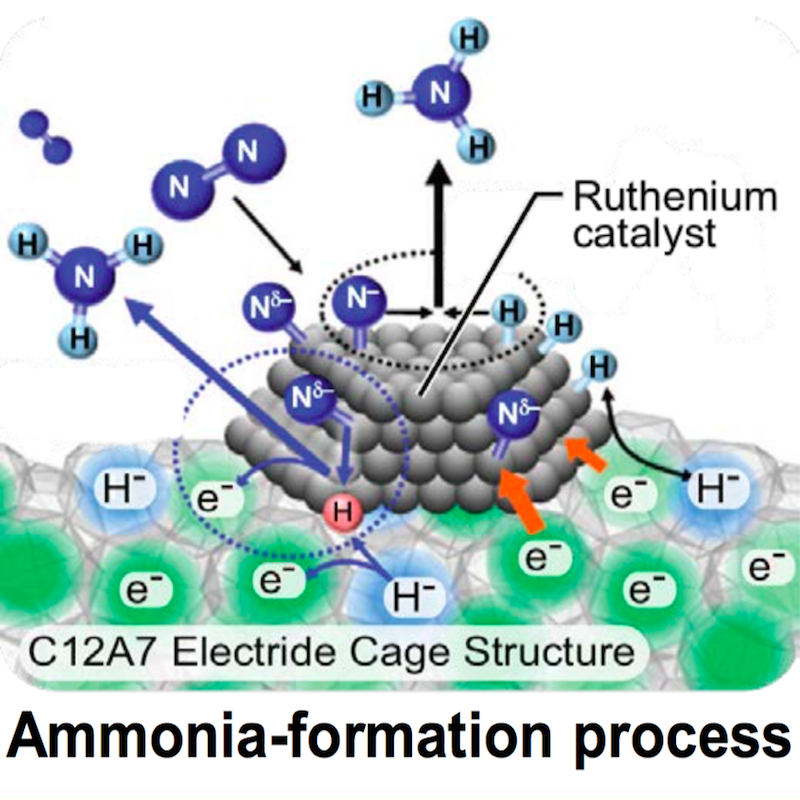This series of articles on the future of ammonia synthesis began with a report on the NH3 Energy+ conference presentation by Grigorii Soloveichik, Program Director at the US Department of Energy's ARPA-E, who categorized the technologies as being either improvements on Haber-Bosch or electrochemical (with exceptions). ARPA-E invests in "transformational, high-risk, early-stage research," and recently began funding ammonia synthesis technologies, not to make renewable fertilizer but to produce "energy-dense zero-carbon liquid fuel." This article will introduce the six electrochemical technologies currently in development with funding from ARPA-E.
Content Related to Ceramatec
Presentation
Electro-Synthesis of Ammonia for Grid Scale Energy Storage
Shekar BalagopalMatt RobbinsAlvare JavierMarc FlindersJoshua JohnstonFernando GarzonJamie GomezCourtney KrellerRangachary MukundanYu Seung Kim
Ceramatec Inc., in partnership with its partners, will develop a lower temperature and higher efficiency membrane process to synthesize ammonia for energy storage. Ammonia (NH3) is carbon-free, has a high energy density (>4 kW/l), which enables many hours of energy storage from large renewable power projects in small areas, and can be back converted to electricity using turbines or fuel cells at high efficiency. Ammonia synthesis is currently carried out in very large Haber-Bosch plants, mostly fueled from natural gas. The current large-scale Haber-Bosch (H-B) technology needs to run at constant inputs of energy and reactants. Moreover, ammonia is an…
